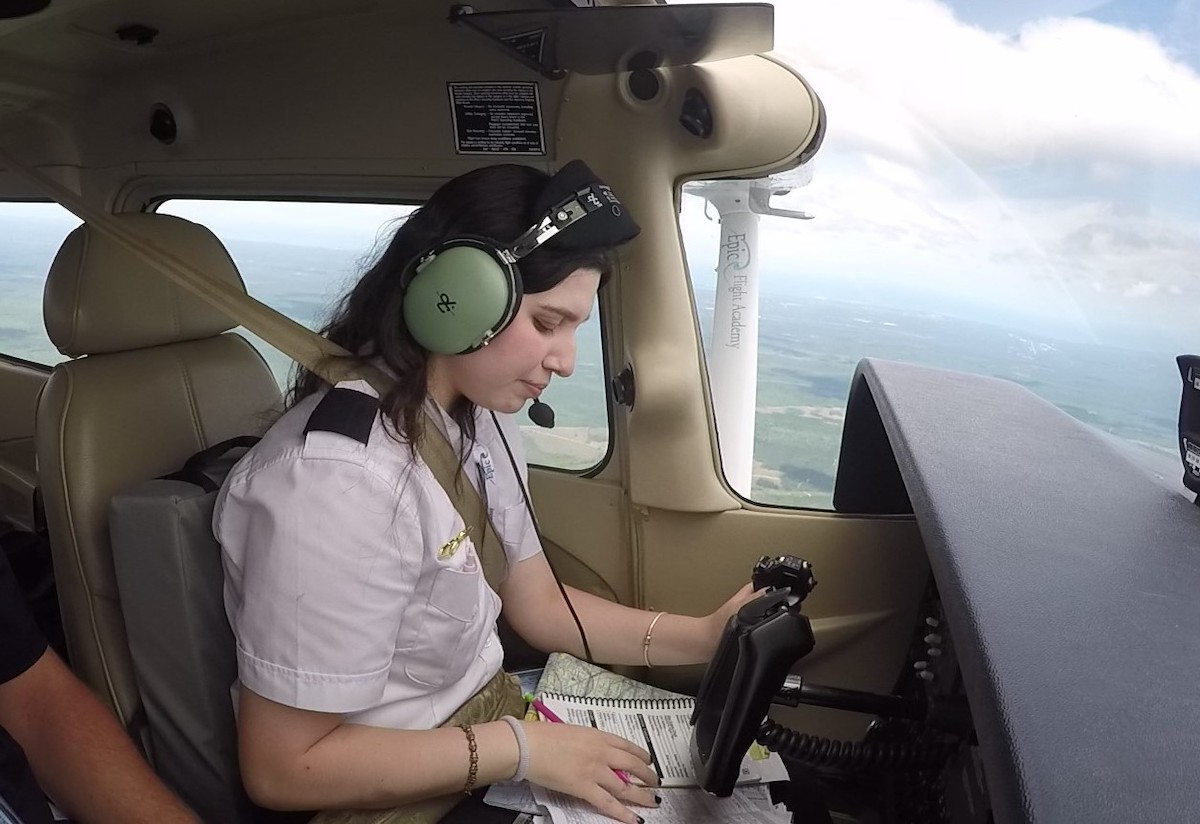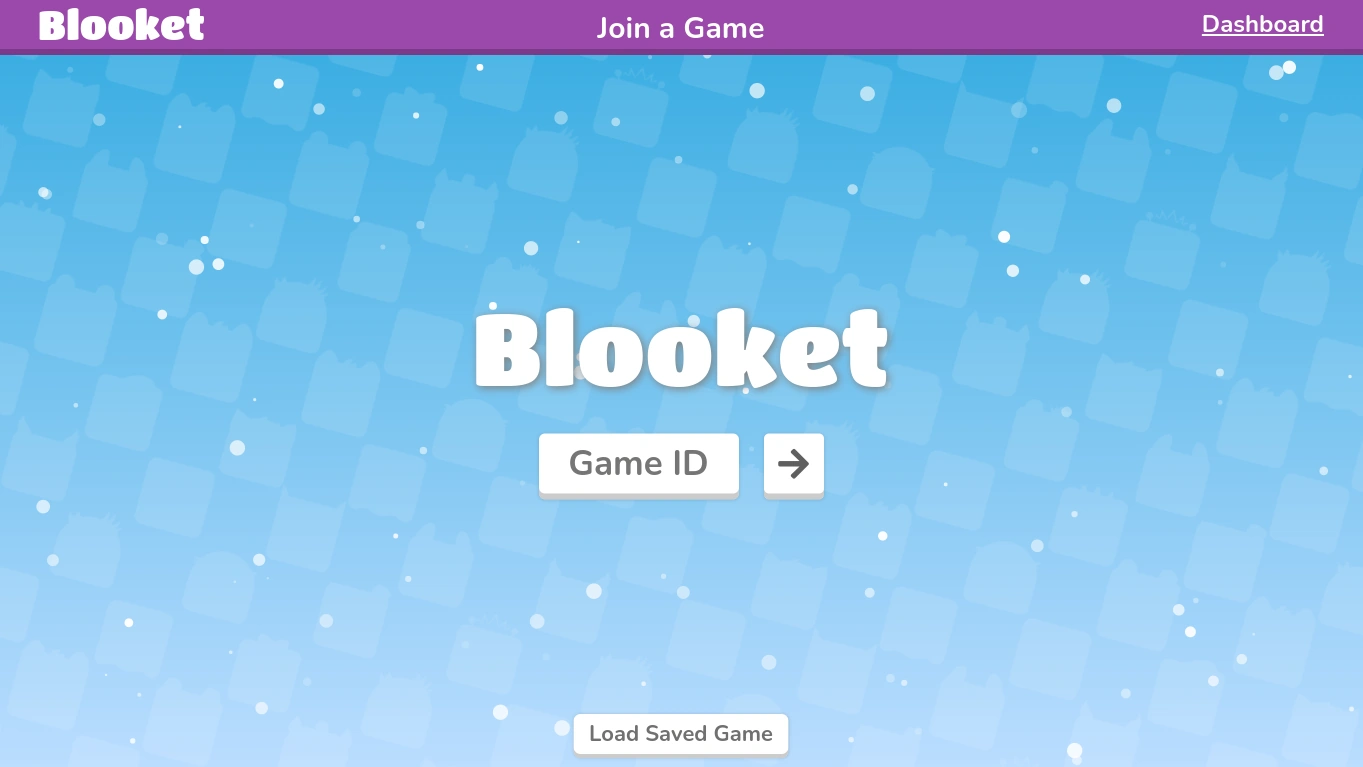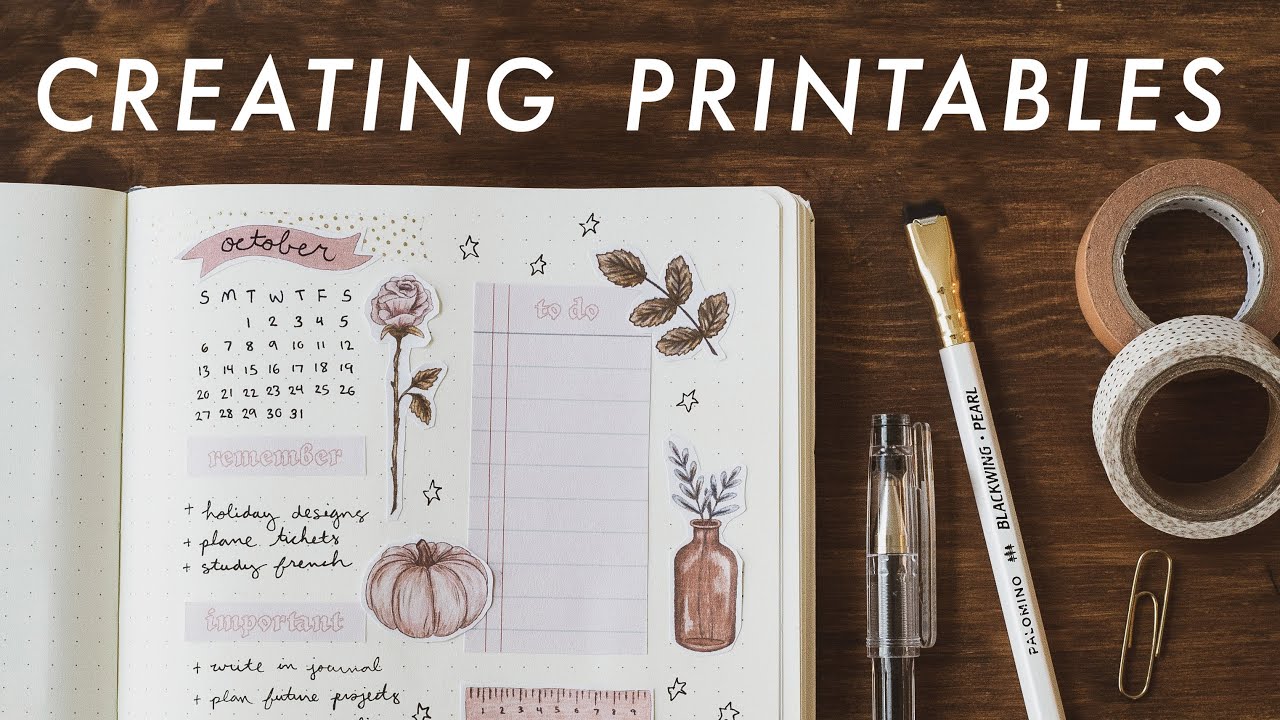The allure of the open skies beckons every pilot with promises of adventure, challenge, and the beauty of uncharted landscapes. For those with a heart set on cross-country flying, the United States offers an array of routes that showcase the country’s vast and diverse beauty.
From the golden coasts of California to the historic Eastern Seaboard, each route presents its own unique set of vistas and challenges. Join us as we explore some of the top cross-country routes that every pilot should aspire to conquer.
The Atlantic Coast Adventure
Starting Point: Key West, Florida
Ending Point: Bar Harbor, Maine
Distance: Approximately 1,500 miles
Kicking off in the southernmost point of the continental U.S., this route stretches all the way to the rugged cliffs of Maine. Pilots will witness a tapestry of landscapes including the crystal-clear waters of the Florida Keys, the bustling urban centers of the East Coast, and the serene beauty of the New England countryside.
Landmarks such as the Cape Hatteras National Seashore, the New York City skyline, and Acadia National Park make this route a feast for the eyes and a test of navigation skills.
The Great Plains Passage
Starting Point: Amarillo, Texas
Ending Point: Bismarck, North Dakota
Distance: Approximately 1,000 miles
Experience the heartland of America like never before with the Great Plains Passage. This route offers pilots an intimate view of the country’s agricultural backbone, with endless fields of wheat, corn, and sunflowers stretching toward the horizon. The stark beauty of the Badlands and the Black Hills adds a dramatic shift in scenery as you approach North Dakota. This route is not only a visual treat but also a chance to hone crosswind landing skills, thanks to the unpredictable plains weather.
The Southwest Spectacular
Starting Point: Santa Fe, New Mexico
Ending Point: San Francisco, California
Distance: Approximately 1,100 miles
For those drawn to the dramatic landscapes of the American Southwest, this route is a dream come true. Departing from the artistic haven of Santa Fe, pilots will traverse the awe-inspiring expanse of the Grand Canyon, the red rocks of Sedona, and the Mojave Desert’s alien landscapes.
This route culminates in a breathtaking arrival in San Francisco, with the Golden Gate Bridge welcoming pilots to the Pacific Coast. The varied terrain and elevations along this route offer both a challenge and an unforgettable flying experience.
The Mountain Explorer
Starting Point: Denver, Colorado
Ending Point: Jackson Hole, Wyoming
Distance: Approximately 500 miles
Immerse yourself in the majesty of the Rocky Mountains with a route that takes you from the Mile High City to the gateway of Yellowstone and Grand Teton National Parks. This relatively shorter route is packed with stunning mountain vistas, alpine lakes, and the chance to spot wildlife from above. Pilots must be prepared for the challenges of high-altitude flying and the sudden weather changes that can occur in mountainous regions. This route is a test of skill and an opportunity to experience some of the most breathtaking natural wonders in the U.S.
The Southern Sun Route
Starting Point: San Diego, California
Ending Point: Charleston, South Carolina
Distance: Approximately 2,200 miles
Fly from the surf-friendly shores of the Pacific to the historic cobblestone streets of Charleston on the Southern Sun Route. This cross-country adventure takes pilots over the varied landscapes of the American Southwest, through the heart of Texas, over the lush bayous of Louisiana, and finally to the sun-drenched beaches and grand plantations of the Carolinas. Along the way, enjoy diverse flying conditions, from the dry desert air to the humidity of the Southeast, making it a perfect route for pilots looking to experience a wide range of flying environments.
The Coastal Glide
Starting Point: Monterey, California
Ending Point: Astoria, Oregon
Distance: Approximately 700 miles
For those who prefer the allure of the Pacific coastline coupled with the thrill of paragliding, the Coastal Glide route is an extraordinary adventure.
Starting from the picturesque town of Monterey, California, this route follows the rugged, scenic coast to Astoria, Oregon. Along the way, advanced paragliders can launch from numerous cliffs and hills, making the most of the Pacific’s reliable sea breezes for an exhilarating flight experience. A notable landmark on this route is the Redwood National and State Parks, where paragliders can marvel at ancient redwoods from above.
This route is not just a test of flying proficiency but an opportunity to witness the Pacific Northwest’s natural beauty unforgettably.
Conclusion
Cross-country flying is more than a means to an end; it’s a journey that offers endless learning opportunities, breathtaking sights, and the pure joy of flight.
Each of these routes offers something unique, whether it’s the challenge of navigating mountain passes, the thrill of flying over iconic landmarks, or the simple pleasure of watching the landscape transform beneath you.
For pilots ready to explore the skies, these cross-country routes are your ticket to unforgettable adventures.

 Entertainment3 months ago
Entertainment3 months ago
 Entertainment3 months ago
Entertainment3 months ago
 Entertainment4 months ago
Entertainment4 months ago
 Tech3 months ago
Tech3 months ago
 Fashion5 months ago
Fashion5 months ago
 Entertainment2 months ago
Entertainment2 months ago
 Entertainment3 months ago
Entertainment3 months ago
 Life Style3 months ago
Life Style3 months ago



